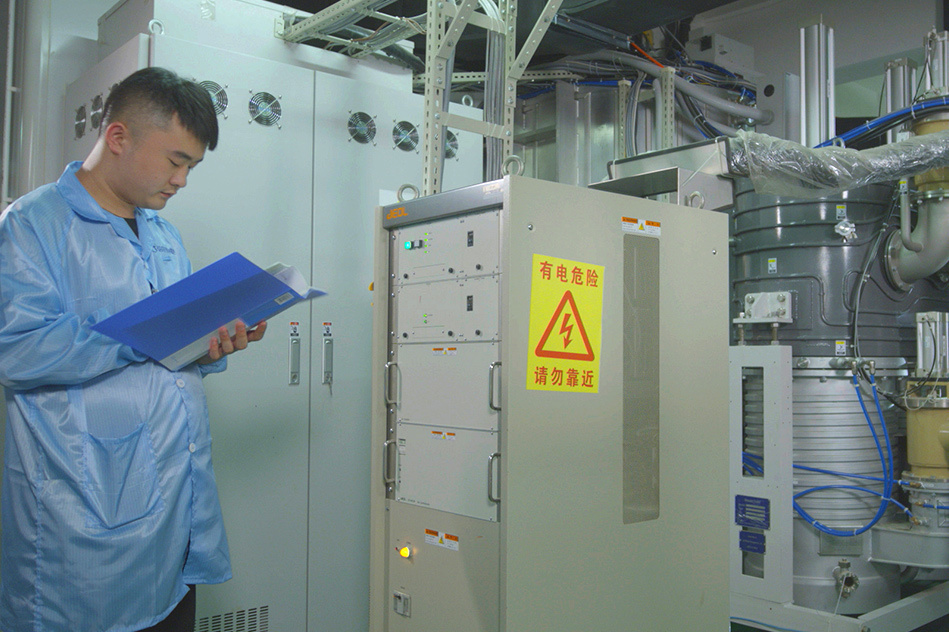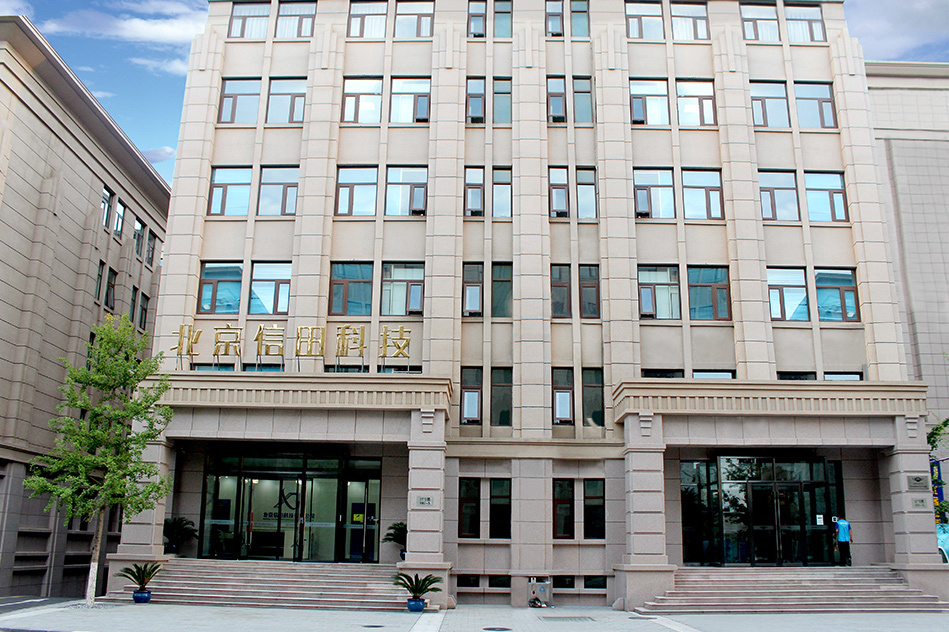Laser system
Release time:
2024-03-08
Source:
Microscopic particles have a specific set of energy levels (usually these energy levels are discrete). A particle can only be in a state corresponding to a certain energy level at any one time (or simply expressed as being at a certain energy level). When interacting with a photon, the particle transitions from one energy level to another and accordingly absorbs or radiates the photon. The energy value of the photon is the energy difference △E between the two energy levels, and the frequency is ν = △E/h(h is Planck's constant).
The interaction between light and matter is essentially the performance of the microscopic particles that make up the material to absorb or radiate photons while changing their own motion.
Microscopic particles have a specific set of energy levels (usually these energy levels are discrete). A particle can only be in a state corresponding to a certain energy level at any one time (or simply expressed as being at a certain energy level). When interacting with a photon, the particle transitions from one energy level to another and accordingly absorbs or radiates the photon. The energy value of the photon is the energy difference △E between the two energy levels, and the frequency is ν = △E/h(h is Planck's constant).
1. Stimulated absorption (absorption)
Particles at a lower energy level are excited by the outside world (that is, interactions with other particles that exchange energy, such as inelastic collisions with photons), and when they absorb energy, they jump to a higher energy level corresponding to this energy. This transition is called stimulated absorption.
2. Spontaneous radiation
The excited state into which the particle is excited is not the stable state of the particle. If there is a lower energy level that can accept the particle, even if there is no external action, the particle has a certain probability of spontaneously transiting from the high-energy excited state (E2) to the low-energy ground state (E1) and radiating photons with energy of (E2-E1), with photon frequency ν =(E2-E1)/h. This radiation process is called spontaneous radiation. The light emitted by many atoms by spontaneous radiation does not have the same phase, polarization state and propagation direction, which is the incoherent light in physics.
Key words:
Previous Page
Next Page
Previous Page:
Next page:
Recommended News
Beijing Xintian Technology Co., Ltd
Address: 102A, Building 27, Yard 2, Huanke Middle Road, U Valley, Liandong, Jinqiao Industrial Base, Tongzhou District, Beijing
Telephone : 0086-10-81314835/57323722
0086 182 1070 6870 (English)
WhatsAPP : 0086 182 1070 6870
Wechat ID : 0086 182 1070 6870
Fax : 86-10-57323723
E-mail : sales@xt-optic.com
wangdi@xintian-tech.com
Contact person : Mr.WangDi

Scan code attention to us
Copyright©Beijing Xintian Technology Co., Ltd








